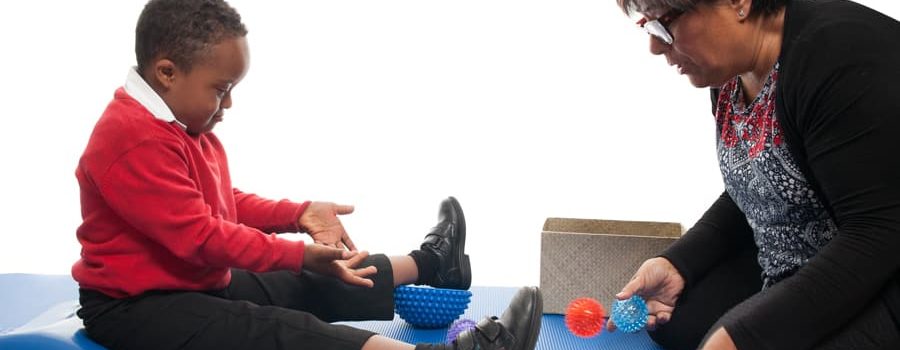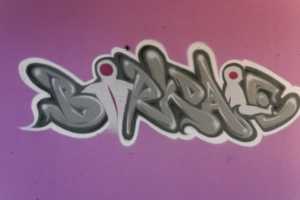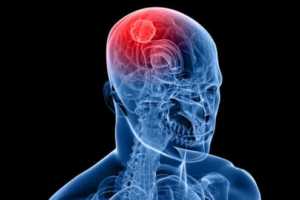Lee’s parents contacted us at Birkdale Neuro Rehab Centre about their 15 month old baby boy, Lee. They reported that Lee ignored his left arm and did not like it touched. As usual we arranged for an assessment to investigate and start a course of Neuro physiotherapy treatment. This is Lee’s story.
In the neuro physiotherapy assessment of baby Lee, I first wanted to see how Lee responded to the toys and sounds while listening to the music and either lying or sitting on the sensory air cushion.
I always assess the sensory modalities: vision, auditory, smell, touch and vibration and check to see how they respond. Generally, in a child with neurological issues, touch may be absent or sense of vibration is absent but they always look at their hands or lower limbs or trunk.
Alarms bells ring when a child does not turn their head to look at their arm when being touched or massaged with vibration.
In this particular respect, I noticed that Lee was not looking at his arm when I was brushing it. This is due to sensory deficit.
The sensory deficit results in poor motor reaction. A child who does not want to hold a toy in his hand or is not curious about checking his hand and see what he is holding may lack sensation. This leads to lack of interest in the hand which results in the whole arm not being used.
Lee started his intense neuro physiotherapy treatment at Birkdale Neuro Rehab and in our work with Lee, I used a series of brushes with different textures and massaged PROXIMIAL TO DISTAL (from shoulder down to the hand). Then used small vibratory toys while weight bearing on the proximal joint. Following that used the weight around the wrist (to bring the sense of where the limb is in space) while sitting on the sensory air cushion with the table in front of him. All this was done in the course of play. Naturally making Lee curious about his left hand and arm during activities. The key for the parents was to find activities and games and encourage Lee to use his left hand and arm.
I advised the parents to get a second skin which applied gentle pressure and reduced spasticity. The second skin was made by orthotics specialist.
Following the second skin, Lee could open his affected hand and grasp and with good power grasp. This was beginning of making Lee curious to want to look at his hand.
Poor sensation results in poor hand and eye co-coordination. Loss of visual field to the affected side of the body results in other changes as the child grows older, e.g. poor spatial orientation, poor organisation skills, poor visual spatial orientation, poor ocular motor skills which causes delay in reading and writing.
It is vitally important to improve sensation, hand and eye co-coordination and ocular motor skills as early as possible.
It is crucial to test sensory loss at the beginning of the neuro physiotherapy session with variety of textures and weights, vibration as well as visually guiding exercises to improve hand and eye co-coordination.
Little Lee made a lot of progress and still does. Children learn through play and make changes. However it is important to remember that change does not happen overnight.
If your child is experiencing similar problems and you would like to discuss treatment options please give as a call on 020 8795 2209 or email us info@neuro-physio.co.uk
Note: The photo on this article is not Lee




